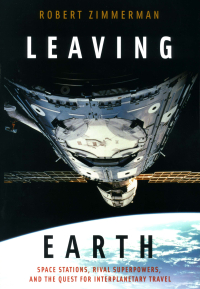Dumping Windows and Apple and switching to Linux
My regular readers know about my utter contempt for Microsoft and its terrible Windows operating system. Any company that treats its customers like dirt, as Microsoft routinely does, does not deserve the business of anyone. I realized this reality two decades ago, and successfully switched to Linux back in 2006. I have never regretted it.
Moreover, the increasingly intolerant behavior of big tech companies like Microsoft to free speech increases the need for people to free themselves from them. The willingness of these companies to also treat your privacy and personal data as a plaything for their use, without your permission, is another rational reason to stop depending on them.
Linux accomplishes this, in that its open source software structure is really controlled by no one. There is also no software company using the operating system to gather your data for its own purposes.
In 2016, after seeing a number of my posts noting the advantages of Linux (or anything) over Windows, one of my readers, James Stephens, offered to write a series for Behind the Black describing step-by-step the process by which one gets and installs Linux on either a desktop or laptop computer. Below are the links to this series. I have since used it myself as a guide to convert two used Windows 7 notebooks (purchased for $35 and $80) to my favorite flavor of Linux, both of which I use regularly as my travel computers.
I wish more people would do the same, which is why I am reposting the links to this series again. Though six years have passed, James instructions still apply perfectly, as I can attest as I used this series to convert the second laptop only a year ago. Nonetheless, James has added an addendum to Part 2, which brings the entire series up to date.
I am sure almost everyone has an old computer they don’t use anymore. It will work like new with Linux. Dig it out, follow James’ instructions below and free yourself from Windows. I guarantee you will not be disappointed.












